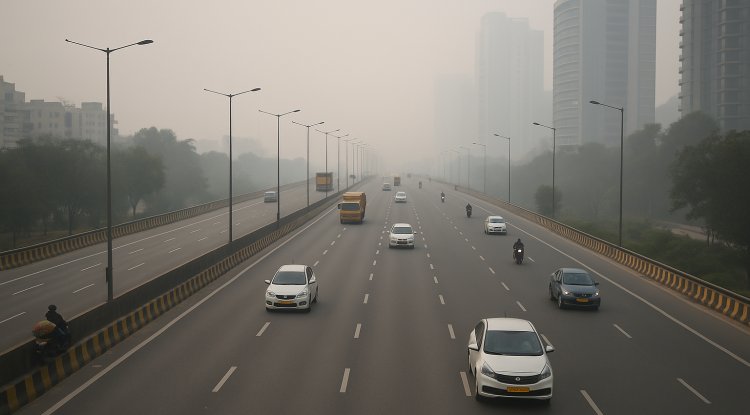World Bank Ends Nuclear Financing Ban, Reconsiders Natural Gas Projects
The World Bank has ended its long-standing ban on nuclear energy financing and is evaluating upstream natural gas support, aligning with its “all-of-the-above” energy strategy to meet growing global electricity demands.This article examines the World Bank's reversal on nuclear power funding and deliberation over natural gas projects. It covers collaboration with the IAEA, focus on small modular reactors, investor dynamics, geopolitical competition, and the financing needs to meet projected energy use without compromising climate goals.

On June 11, 2025, the World Bank reversed its decades-old ban on funding nuclear energy projects in developing countries and announced it is now considering upstream natural gas investments. The move aligns with rising energy demand, ongoing shifts in global climate policy, and calls from key stakeholders, particularly major shareholders, to diversify energy support.
Policy Shift
The decision overturns the 2013 nuclear ban and comes amid intensifying demand for reliable electricity in low- and middle-income countries. Alongside nuclear, the Bank is now evaluating funding for upstream gas projects, though its board has yet to reach consensus on those plans .
Drivers of Change
President Ajay Banga endorsed an “all‑of‑the‑above” energy strategy aimed at meeting surging electricity needs in developing nations, projected to more than double by 2035 . The United States, the Bank’s largest shareholder, strongly supported lifting the nuclear ban. This policy pivot also reflects a desire to remain competitive with Chinese and Russian state-backed nuclear finance .
Nuclear Strategy and Infrastructure
The Bank plans to collaborate with the International Atomic Energy Agency to establish safety, safeguard, and regulatory protocols. It intends to extend lifespans of existing nuclear reactors, finance grid upgrades, and promote small modular reactors for streamlined deployment.
Natural Gas Consideration
While support for nuclear financing passed decisively, upstream gas remains under review. Countries including Germany, France, and the UK have voiced reservations, citing climate and emissions concerns . Any eventual support would be targeted to cases where gas is the lowest-cost, development-aligned option that does not inhibit renewable integration
Strategic and Environmental Stakes
Financing nuclear projects aligns with broader institutional efforts to triple global nuclear capacity by 2050, as outlined in COP28 goals . While nuclear power introduces stable, low-carbon baseload capacity, its routine adoption is tempered by safety, cost, and waste management challenges .
Global and Geopolitical Context
The move counters expanding nuclear influence from Russia and China in the global South and aims to reclaim Western leadership in clean energy finance. The U.S. has signalled intent to support American nuclear firms and advocate for multilateral support, with congressional backing playing a key role
Financing Scale
Estimates suggest developing regions will need to elevate annual energy investments from approximately USD 280 billion today to USD 630 billion by 2035 to meet rising demand—nuclear and gas included
Conclusion
The World Bank’s policy shift marks a significant realignment in development finance. By reinstating support for nuclear energy and cautiously re-evaluating gas funding, the Bank is repositioning to address surging electricity needs in emerging economies. Success will depend on establishing rigorous safety frameworks, managing geopolitical concerns, and maintaining balance amid climate commitments. The coming months will reveal whether these changes can drive both energy access and sustainable development.
Source: Outlook Business
What's Your Reaction?

















